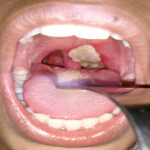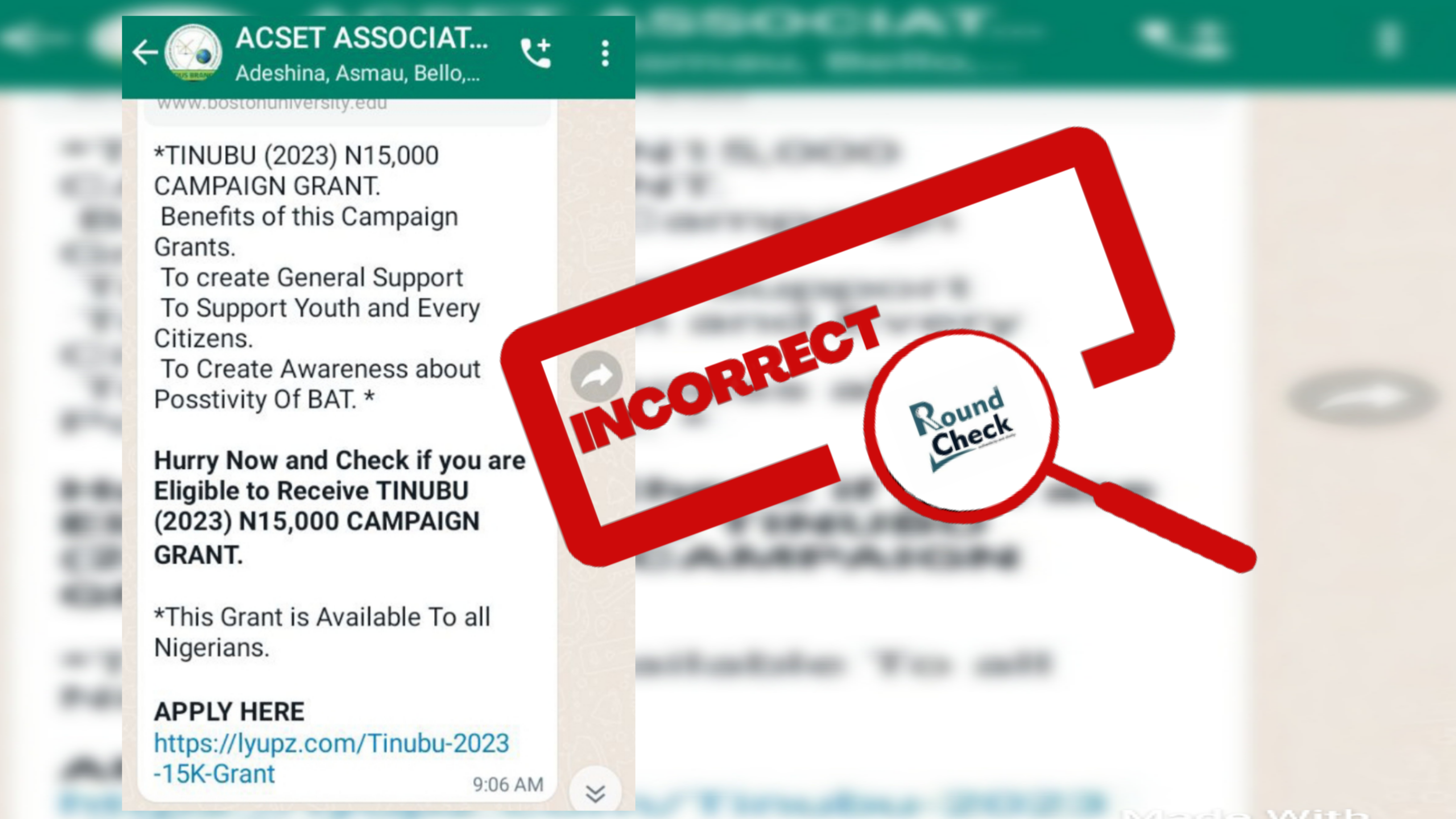|
Getting your Trinity Audio player ready...
|
Kachollum Daju, the Ministry of Health and Social Welfare, confirmed that a recently leaked letter sent to the Committee of Chief Medical Directors and Medical Directors was a precautionary measure, not intended to cause alarm.
Daju explained that the Coronavirus, widely known as COVID-19 XEC variant, has been detected in over 29 countries.
The minister further added the upcoming festive season will bring an influx of travellers and it is essential for hospitals to take proactive steps to avoid being caught off guard.
In the letter, dated December 5, 2024, the Federal Ministry of Health and Social Welfare urged health authorities to activate heightened alert systems in hospitals and maintain a high level of vigilance for patients exhibiting COVID-like symptoms.
“I am directed to inform you of a newly detected XEC COVID-19 variant, which has been reported in Australia and has already spread to over 29 countries globally.
You may wish to know that this variant has shown a growth advantage over other circulating strains, raising concerns about its potential impact on public health,” the letter read.
“Alert systems should be immediately activated throughout our hospitals for high index of suspicion in patients with COVID-like symptoms.
“Timely information sharing among relevant stakeholders, including the Federal Ministry of Health, will be vital for effective response strategies.”
What is the new COVID-19 variant?
According to a research publication, Covid XEC is a newly emerging subvariant of the SARS-CoV-2 virus, which is the virus that causes COVID-19. It is a descendant of the Omicron strain, which has been the dominant variant of the virus since 2021.
Another report revealed that XEC was first identified in Germany in June 2024 and has since spread to other parts of Europe and the United States.
Although XEC is highly transmissible, experts have not found evidence that it causes more severe disease or different symptoms compared to other recent variants.
However, the Centers for Disease Control and Prevention believes that COVID-19 can still pose a higher risk to certain individuals, such as the elderly or those with weakened immune systems.
According to a report, by late November 2024, XEC accounted for about 38% of COVID-19 infections in the U.S., making it the second most prevalent strain at the time, behind the Omicron subvariant KP.3.1.1.
Remember, Omicron subvariant KP.3.1.1. is a newly identified strain of the COVID-19 virus. It is part of the Omicron lineage and has mutations that may impact transmissibility or immune response. Further research is needed to understand its potential effects on public health.
Despite XEC’s rapid spread, the KP.3.1.1 variant was still the most common, but its prevalence was declining.
What are COVID XEC symptoms?
According to Centers for Disease Control and Prevention (CDC), XEC, a newly emerging COVID-19 subvariant, can lead to symptoms such as:
- Fever,
- Cough,
- Shortness of breath,
- Difficulty breathing,
- Sore throat,
- Congestion or runny nose,
- New loss of taste or smell,
- Fatigue,
- Muscle or body aches,
- Headache,
- Diarrhoea,
- Nausea or vomiting.
A report by Africa Centers for Disease Control and Prevention (Africa CDC) however revealed that there is currently no evidence to suggest that XEC causes unique symptoms or more severe outcomes compared to other recent COVID-19 variants.








